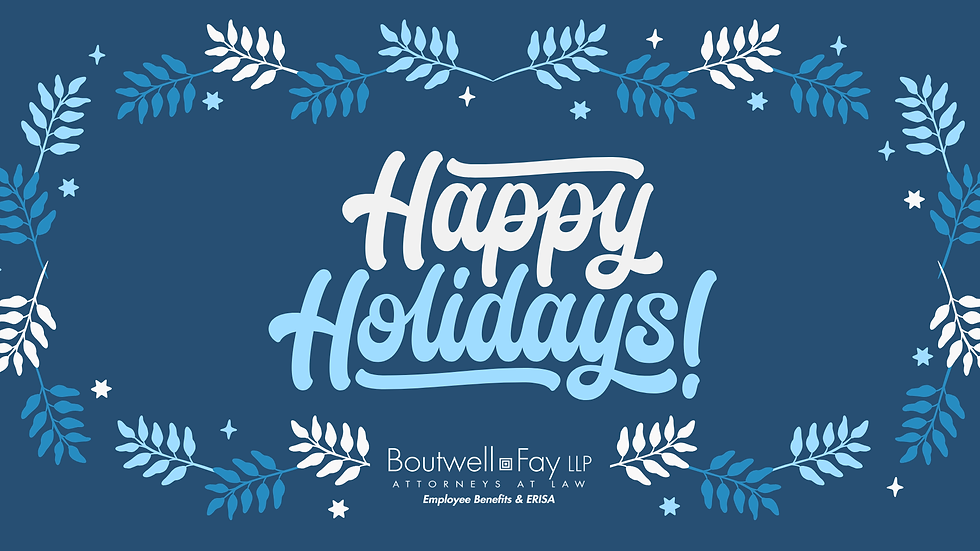SECURE 2.0 PERMITS SELF-CERTIFICATION OF HARDSHIP DISTRIBUTION CONDITIONS
- Boutwell Fay LLP

- Feb 16, 2023
- 1 min read
Updated: Jun 21, 2023
The SECURE 2.0 Act (enacted in late December 2022) makes a welcome change to the administration of 401(k), 403(b), and 457(b) plans by streamlining the process of making hardship distributions. This change is optional and is effective for plan years beginning after December 31, 2022.
Before SECURE 2.0
In the past, the IRS position allowed self-certification but it was the plan’s responsibility to maintain sufficient information to demonstrate compliance should the validity of a hardship distribution be questioned. Failure to obtain and maintain the proper records substantiating hardship distributions could require correction under the Employee Plans Compliance Resolution System (EPCRS).
After SECURE 2.0
SECURE 2.0 Act simplifies the administration of hardship distributions starting in 2023. The Plan Administrator may now rely on the certification by a participant of both the type and amount of the financial need unless the Plan Administrator has direct knowledge to the contrary. IRS is expected to issue further guidance clarifying these rules.
Key Takeaways
In most cases, plan administrators may now rely on a certification by the participant. Evidence of self-certification should be retained in the plan records.
If you have any questions about Secure 2.0 hardship distributions, contact a Boutwell Fay attorney at attorneys@boutwellfay.com.







Comments